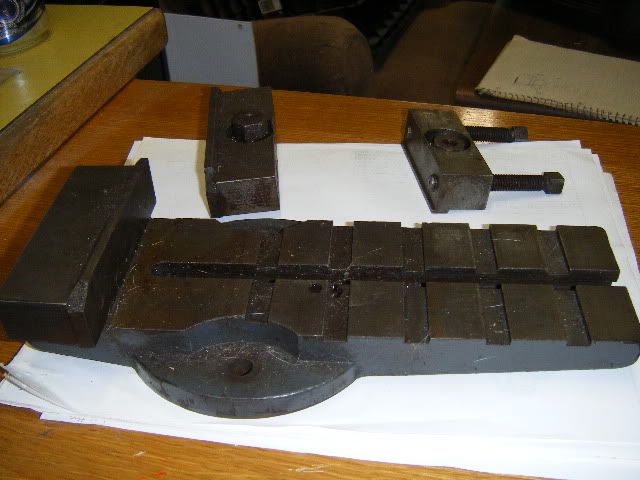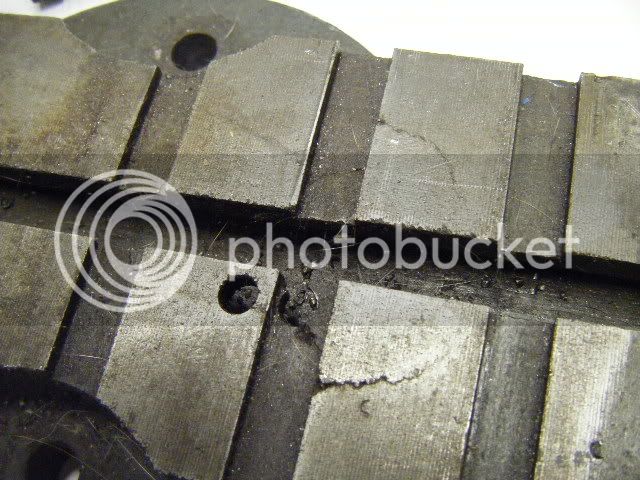Good Morning,
I've begun the excercise in overhauling and modifying a 9" Southbend Model "A" long bed for use with small engine parts and clocks. This will be a long thread I am sure.
The lathe came to me as a "freeby" from a family member. It looks ugly at the moment, but underneath it really is in pretty good shape.
Changes and additions will include:
New "T" slotted cross slide and leadscrew nut
Full set of 3C collets ( I have most, but need a few)
Albreicht Drill chuck
Vertical milling slide
High speed mill/drill spindle using 8mm WW collets
Spindle indexing plate
AXA tool mount to share tooling I have already with my "Big" lathe,
Custom Faceplate
Steady rest
Fusee Cutting Jig
New roll around bench of proper height for the work to be done
All new lubrication wicks.
Auxillary spindle drive for high speed spindle for "wheel cutting" and drilling.
Complete tear down , refurbish and paint.


Here's a couple of happy hours worth of work ona MLA cross slide casting....it's begun!



Dave
I've begun the excercise in overhauling and modifying a 9" Southbend Model "A" long bed for use with small engine parts and clocks. This will be a long thread I am sure.
The lathe came to me as a "freeby" from a family member. It looks ugly at the moment, but underneath it really is in pretty good shape.
Changes and additions will include:
New "T" slotted cross slide and leadscrew nut
Full set of 3C collets ( I have most, but need a few)
Albreicht Drill chuck
Vertical milling slide
High speed mill/drill spindle using 8mm WW collets
Spindle indexing plate
AXA tool mount to share tooling I have already with my "Big" lathe,
Custom Faceplate
Steady rest
Fusee Cutting Jig
New roll around bench of proper height for the work to be done
All new lubrication wicks.
Auxillary spindle drive for high speed spindle for "wheel cutting" and drilling.
Complete tear down , refurbish and paint.


Here's a couple of happy hours worth of work ona MLA cross slide casting....it's begun!



Dave




















